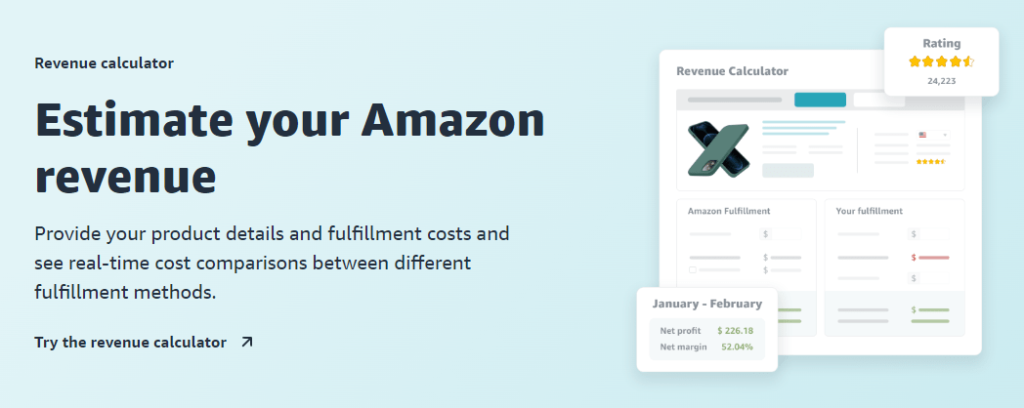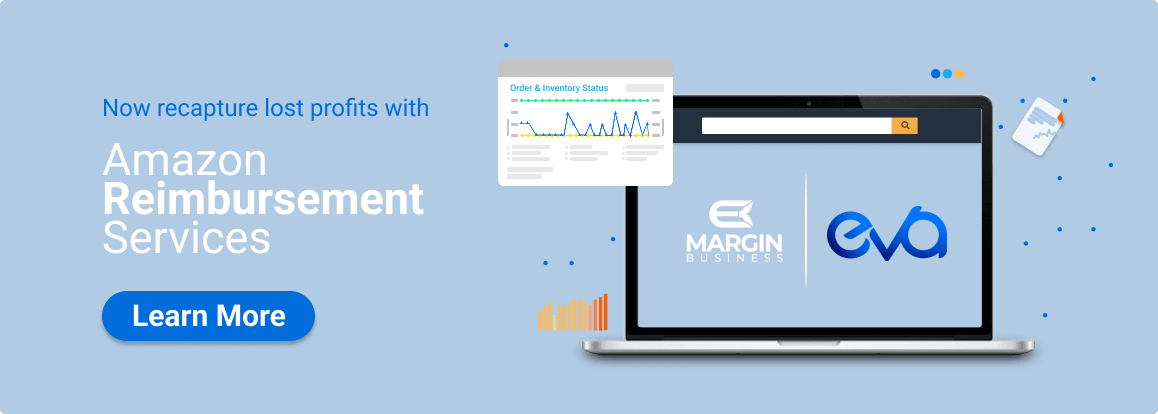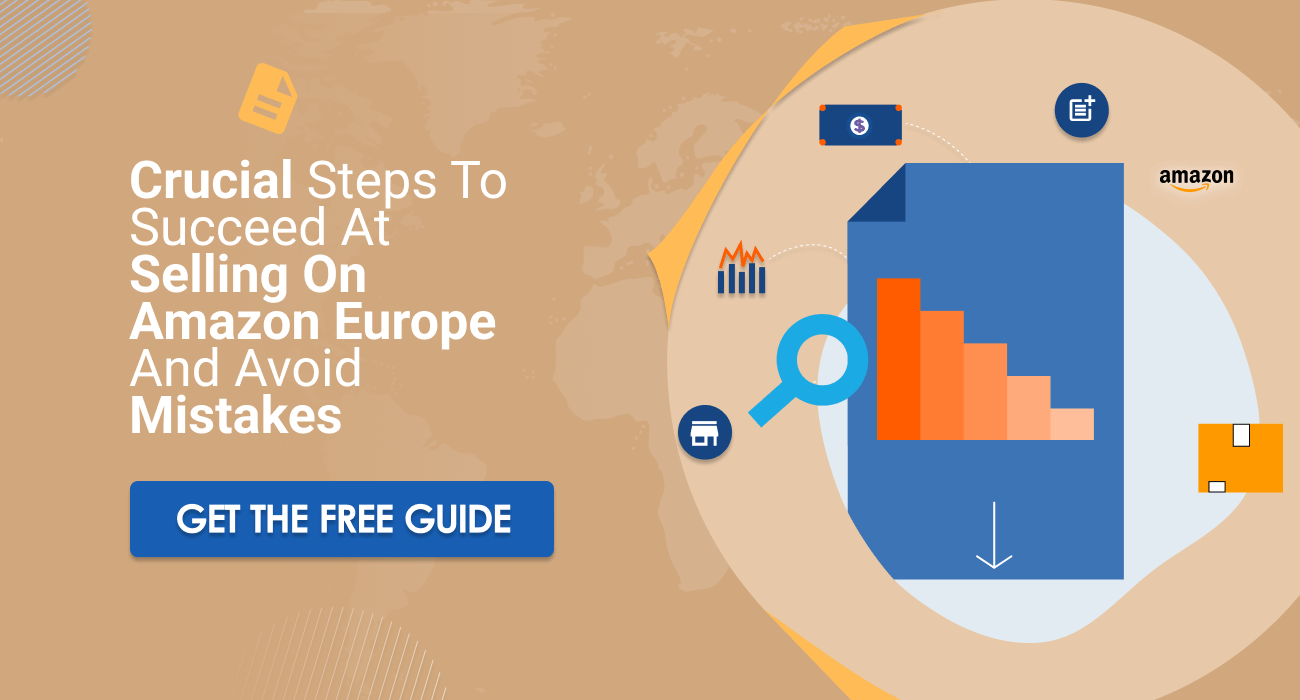The Ultimate Guide: How to Price a Product on Amazon In 2022

COO at Margin Business
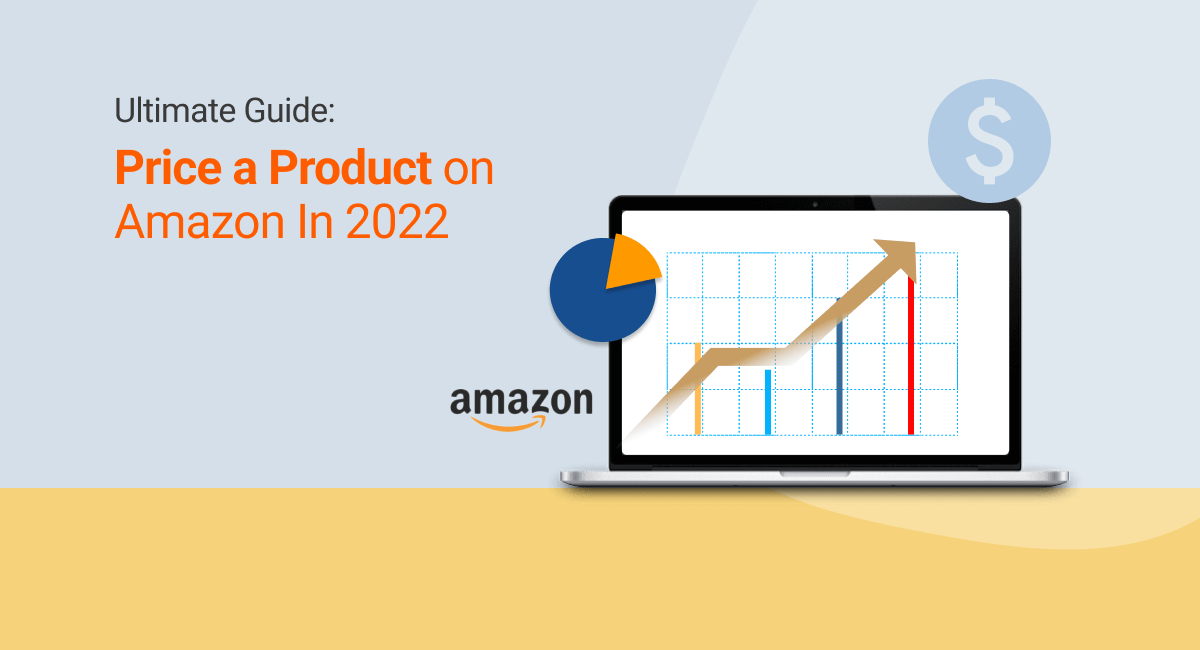
Table of Contents
It is the ambition of every Amazon seller to increase sales and grow their business. Amazon is the third biggest company on earth.
In February, alone, 2.2 billion potential buyers visited the online market. That’s a lot of buyers. Still, there are 1.9 million active sellers all vying for the same customers, and sellers who make it to the first Amazon search page have the best chance of capturing the sale.
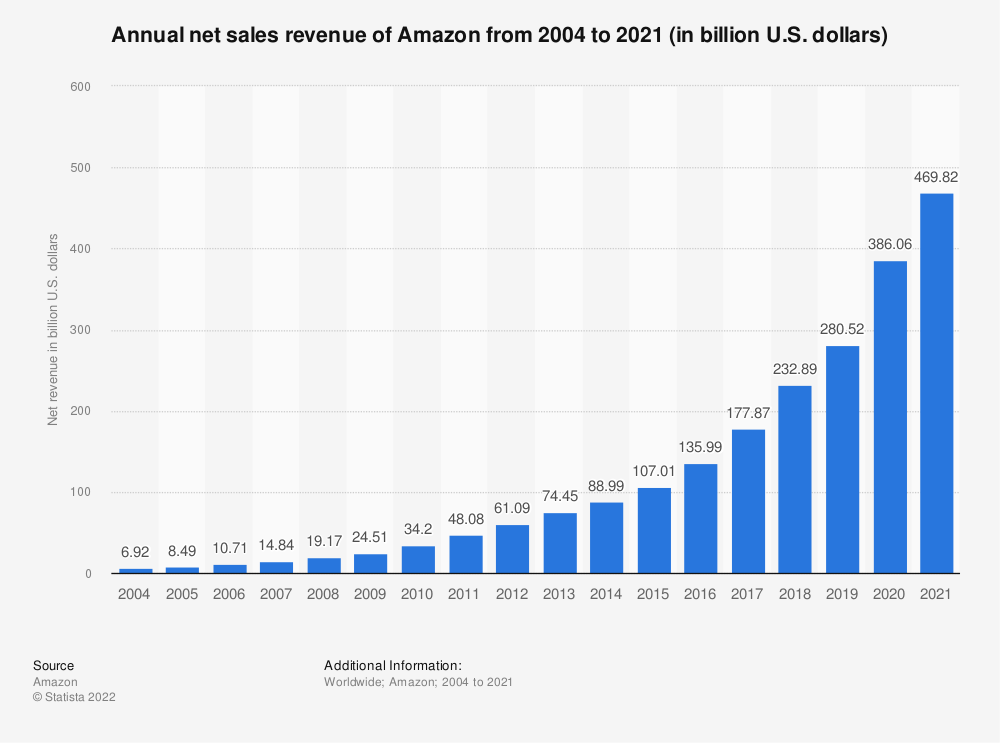
Growing your business on Amazon requires a lot of planning and consideration. Your listing must be optimized and localized, your graphics must tell the story of your product and, of course, your price must be right.
You want to optimize your profits but you still have to convince the customer that your product offers the best value.
In this article, we offer you the ultimate guide on how to price a product on Amazon.
WHY IS AMAZON PRICING SO IMPORTANT?
Amazon is an unforgiving marketplace. Here prices are transparent and competition fierce. If your price is too high, you won’t sell your products and if it’s too low you’re losing profits.
When deciding on what to charge for your products you have to find the price that customers are willing to pay but that still covers your costs. Your best price is the one that attracts customers and maximizes profits.
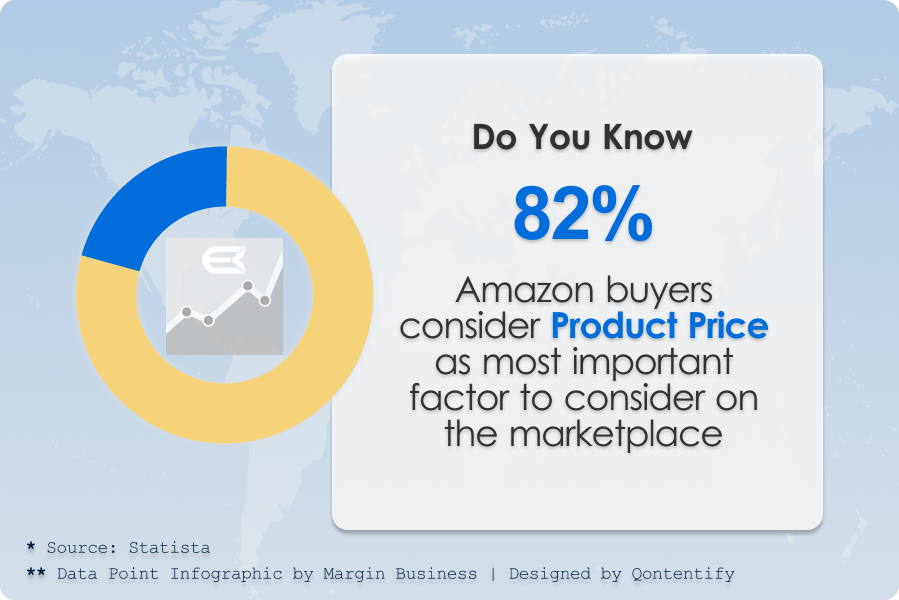
WHAT IS AMAZON’S PRICING MODEL?
The Amazon pricing model is all about keeping prices as low as possible. It’s as simple as that.
There are two important prices you must consider when doing business on Amazon. These are the item price and the total price. The item price is the price that the customer sees. It excludes the price of filling the order. The total price includes other costs like:
- Shipping costs
- Handling costs
- Promotions, discounts or rebates
Amazon looks at the total price of the product when allocating awards like Buy Box.
More than 70% of Amazon sales happen on page one. It is, therefore, essential that you optimize your listing and make sure that you stick to the Amazon product detail listing rules.
HOW TO CALCULATE THE BEST PRICE FOR YOUR PRODUCT?
Before you can even start to price your products, you must fully understand your product costs. These may include the following
- Shipping and customs
- Bank payment charges
- Amazon commission and FBA fees
- The cost of customer returns. Don’t forget to include the 20% that Amazon will retain from the initial commission paid
- Variable costs to order and ship the products
On Amazon, your pricing must be realistic. Buyers do their homework before they put products into the cart. Amazon even provides customers with a price comparison table so that buyers can compare your product pricing with competing products.
Your customers don’t care how much it costs you to run your business or what type of profit you make. They’re only interested in getting the best value for money. You must price your product perfectly and you can win competition over Amazon prices.
AMAZON SELLER PRICING STRATEGIES:
Do your research before you settle on your pricing strategy. It’s clear that you must price your product competitively and still make a profit.
Calculate your lowest and highest prices.
Then decide on a pricing strategy across your product range. Depending on product diversity you may use more than one Amazon seller pricing strategy. We discuss these below.
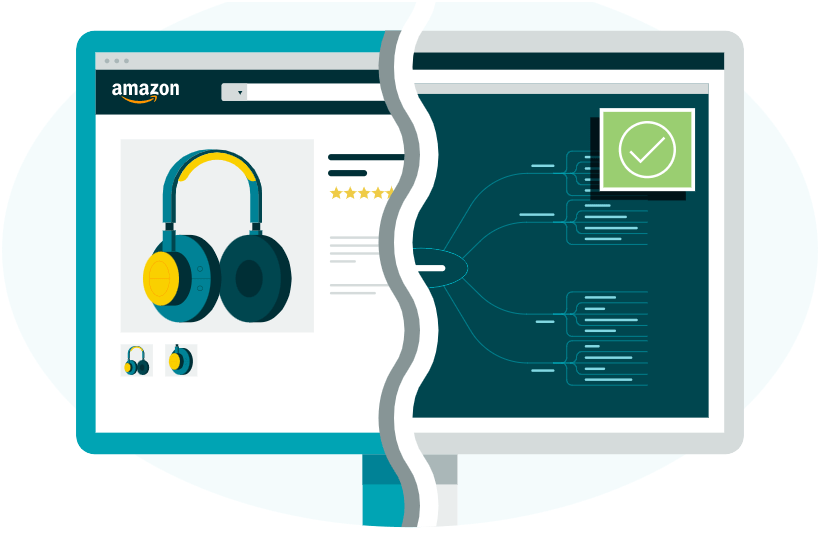
🚀 Dynamic Pricing Strategy
When you use Amazon’s dynamic pricing strategy, your price will constantly change in line with market dynamics – competition and supply and demand. The busier the market the more frequent the price changes.
The dynamic pricing strategy uses artificial intelligence and machine learning to adjust prices so that you can convert traffic to sales. You set the price below which you don’t want to sell so there is no danger of selling at a loss.
🚀 Manual Repricing
Manual repricing is generally not recommended. When you use this repricing strategy, you’ll have to constantly check the prices and increase or decrease them in line with supply and demand.
Unless you do, you could lose out on profits when competitors raise prices and sales when they drop them.
Manual reprising works where you have a seasonal product like swimsuits or jackets. With such products, you can make the adjustments at the change of the season in line with increased or decreased demand. We see this type of manual reprising in brick-and-mortar shops as the end of season sales take place.
This strategy isn’t suitable for a dynamic fast-moving environment like Amazon.
🚀 Consumer-Centric Pricing
Many businesses collect data about their target markets. They then set a personalized price based on the customer search and buying history, location, touch points and other aspects of the customer experience.
The secret to consumer centric pricing is market segmentation. It’s about knowing your market and understanding what they are willing to pay for attributes like status, convenience and brand.
It requires a continuous appraisal of customer assessments, product attributes and the value the target market places on such attributes.
🚀 Automated Rule-based Repricing
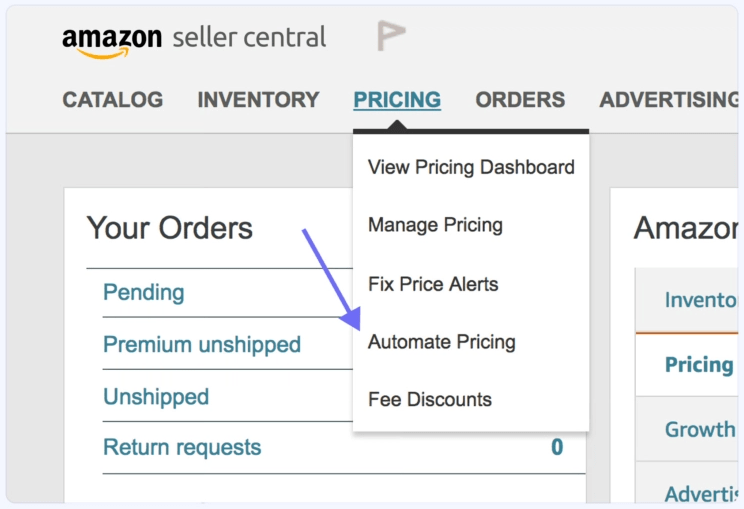
With rule-based repricing you have the control to constantly change your pricing throughout the day. You set up the rules in the system and then monitor the results.
You can use a number of factors to set the rules including competitor pricing and seasonality. Your rules should work together to ensure that your prices deliver optimised profits.
Automated rule-based repricing gives you the power to make the decisions. It is different to the dynamic pricing strategy that uses algorithms, constantly changing the pricing rules to match market conditions and customer behaviour.
🚀 Premium Pricing
With premium pricing, you charge customers more for a product than your competitors do.
Premium pricing is not a strategy that many sellers can use. It pre-supposes that you have a brand that demands a premium and that the customer perception of your brand is that it is of superior quality or carries some status.
If you have patented products that have attributes with no real competition, you can, of course, also charge a premium.
Premium pricing works best with marketing strategies that showcase the superiority of the product relative to competitor product. Premium pricing can improve brand perception and increase profits.
For premium pricing to work you must have a unique selling point.
🚀 Penetration Pricing
Penetration pricing is on the opposite end of the pricing spectrum to premium pricing. It is a strategy whereby sellers encourage sales by offering newly introduced product at a lower price. Everyone likes a good deal and so buyers may be willing to try your new product at a lower price.
The goal is to draw a large number of buyers from the competition so that they start to use your product. The intention is to build market share and keep the customers once the pricing is normalized.
Raising prices after attracting customers through price alone can be tricky because these customers may return to their original brand when there is no longer a price incentive to buy yours. Needless to say, penetration pricing isn’t a long-term strategy and can hurt profits if it isn’t quickly curtailed.
Penetration pricing is most often used in very competitive markets.
🚀 Cost-Plus Pricing
Also known as mark-up pricing cost-plus pricing is a simple method of adding a percentage markup to the cost of your product. Successful cost-plus pricing starts with a full understanding of the fixed and variable costs that go into producing, marketing and distributing your product.
The markup percentage or margin can be adjusted to take account of current market conditions so when demand is high the margin may be higher.
“Cost-Plus Pricing is most often used for large and diverse contracts where it is essential that all the costs are known and accounted for.
This method of pricing doesn’t take account of competitors. If your margin is too high you may lose sales and if it is too low you fail to maximize profits. This is the cost of ignoring the competition. Cost-plus pricing also leaves the seller with little incentive to control costs.
🚀 Value-Based Pricing
Value-based pricing is often used for big-ticket items like cars, fixed property and artworks. Under this method, sellers set their prices based on what they believe consumers are willing to pay. Here are the situations where value-based pricing is most often used:
- There is such a high need for the product, that lowering the price will not affect sales. An example is the property market
- Prestigious products
- Price sensitivity is such that any increase will severely impact sales
After-markets – including additional features for products already sold.
🚀 Competitor-Based Pricing
Sellers who use competitor-based pricing research the competition and base their prices on competing product prices. There are three types of competitor-based pricing. They include:
- Parity pricing – under this pricing mechanism, there is very little, if any difference, between the price of your product and the competing product. This strategy is typically used where products are very hard to differentiate
- Pricing below the competition – penetration pricing or discount pricing. Businesses with a large product range and plenty of floor space might decide to discount some of their products. We see examples of this in large retail stores
Pricing above the competition – this strategy includes prestige pricing and price skimming. Price skimming often happens in the electronics industry.
Under this strategy, the initial products are sold at a premium and then prices are slowly reduced to grow market share.
HOW TO WIN THE BUY BOX WITH PRICING?
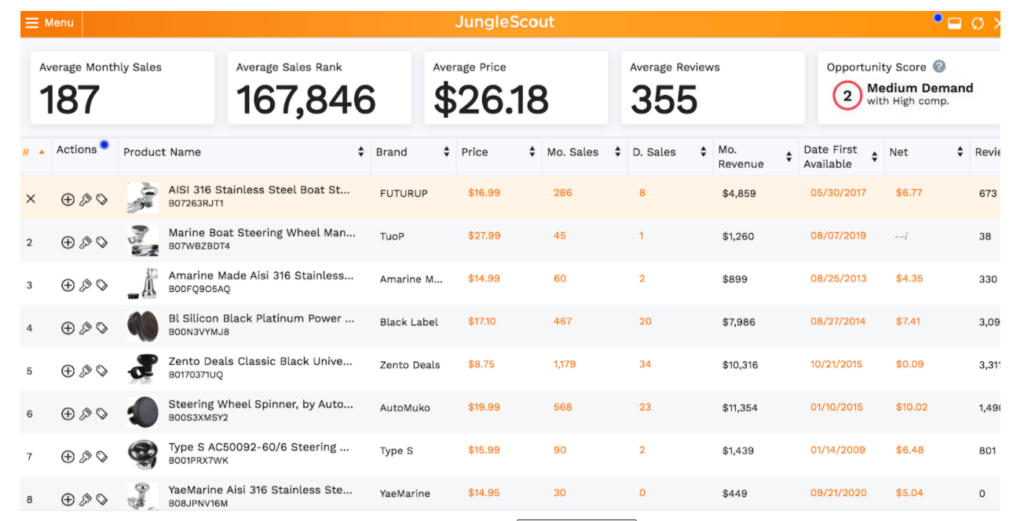
When you have an Amazon Buy Box, you increase your chance of making a sale. In fact, 83% of Amazon sales happen through the Buy Box. This is because it is the quickest way for the customer to checkout. The Amazon Buy Box allows the customers to buy a product without knowing who they are buying from.
Amazon has designed the Buy Box to encourage sellers to keep their prices as competitive as possible. At the same time, Buy Box allows customers get a good deal without having to go through thousands of identical products.
The Buy Box alternates between Buy Box eligible Amazon sellers who price their products competitively. It is worth noting that Buy Box does not always select the cheapest product. It also takes account of location.
Amazon runs an algorithm to determine who gets the Buy Box. The algorithm tests seller history, price and more to decide which products offer the customer the best value. The Amazon algorithm works on the landed cost of the products so you have to take into the account the shipping and VAT components of your price.
To qualify for a Buy Box you must have a Professional Seller Account and you Amazon account health must be in good standing.
Because Amazon takes account of more than just the product price, if you offer good customer care and your seller performance is better than those selling the same product, you may get the Buy Box even if your price is slightly higher than competitor prices.
HOW DOES AMAZON TRACK PRICE DROPS?
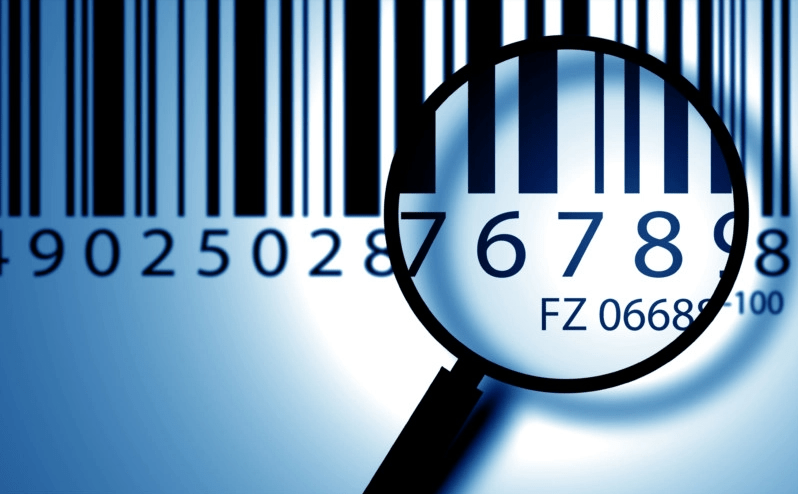
Competition is fierce on Amazon so it should come as no surprise that the prices constantly move.
The best way to stay ahead of the changing prices is to use a price tracker. There are several price trackers on the market that will send you an alert when prices change. They’re used by sellers who want to stay ahead of the competition and buyers on the look-out for a good deal.
Bottom Line:
Price your product right on Amazon in 2022 and set yourself up to grow your sales, your business and your bottom line.
“Make Sure that your listing appears on page one, aim for the Buy Box and optimize your products”
FAQs
For every product indexed at the Amazon marketplace, you may discover the Amazon Sales Rank at the product page. Simply pull up the product page, then scroll down till you spot a segment titled Product Details or Product Information.
Yes, you can set the price limits primarily based totally in your current fee or convert the minimal and most fee limits which you have already set in different countries.
Amazon follows a dynamic pricing method as it makes them extra money. As maximum Amazon buyers are aware, fees at the platform extrade regularly. On average, Amazons’ fees extrade each 10 minutes of time spam.
Any one product or multiple merchandise should have a price which is identical to or decrease than the price of the products being offered through the vendor on different websites or digital marketplaces. This applies to both products, the collective price that the products are being offered for.
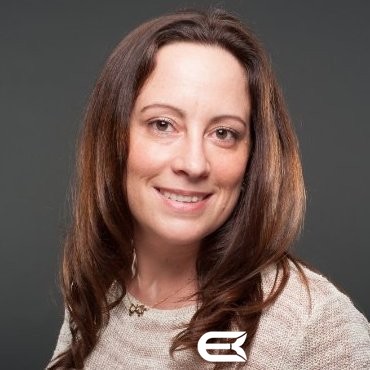
About the Author
Emilie Angri
Connect @ LinkedIn
📢 COO at MarginBusiness. We Don’t Just Translate your Amazon Listing – We Localize, advertise and optimize to instantly grow your amazon sales – Images, Content, and Ads. Building up knowledge in the Amazon Industry since 2011 to consult EU and US sellers.


